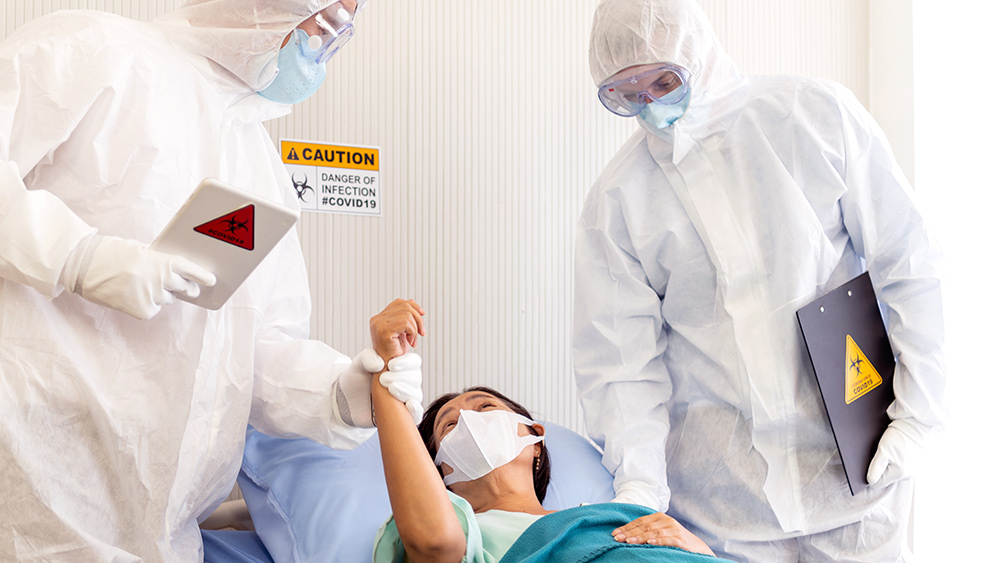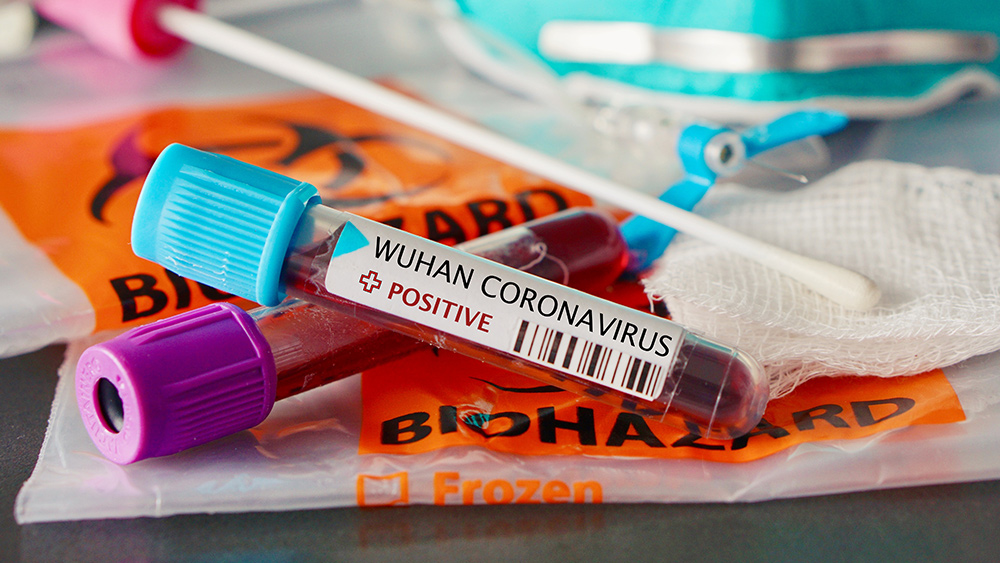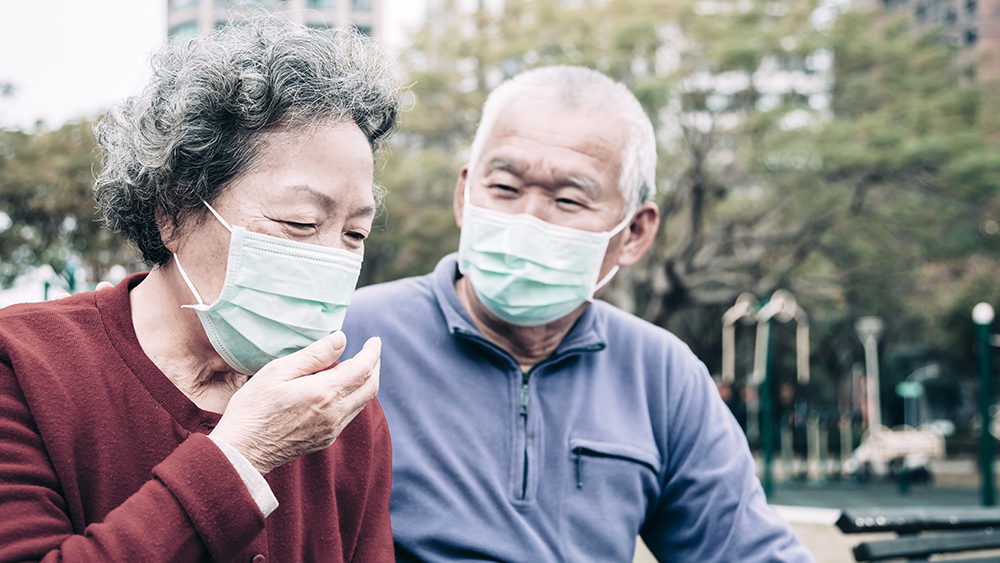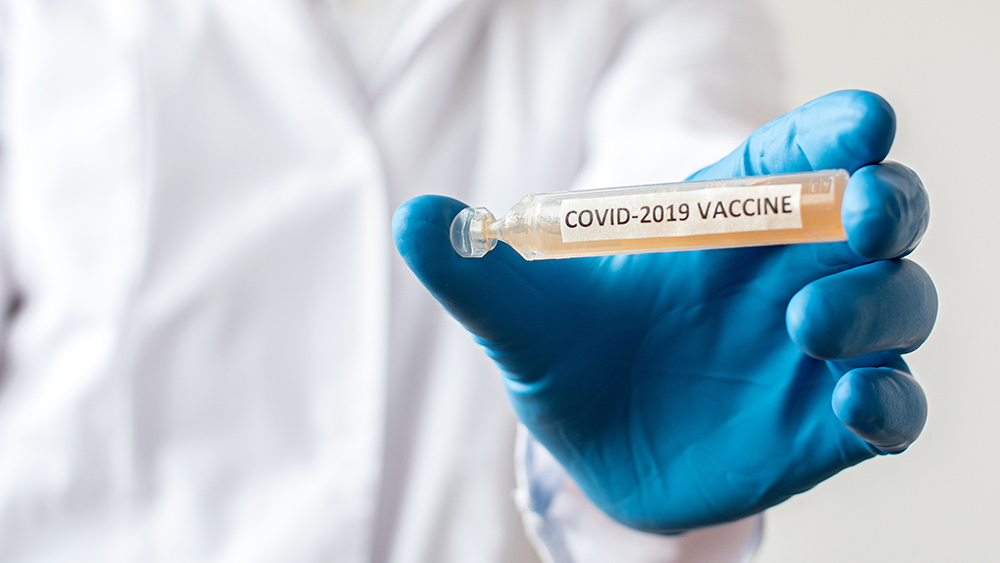San Francisco expecting possible influx of coronavirus cases, hospitals now preparing “surge tents”
03/08/2020 / By Michael Alexander

The Bay Area is now bracing for what authorities are describing as a possible surge of coronavirus cases, with several hospitals in the area set to roll out “surge tents” to accommodate the incoming patients.
Despite being normally reserved for the flu season, Good Samaritan Hospital in San Jose pushed to have their tents set up in light of the steady increase of COVID-19 infections. According to Mark Brown, Chief Nursing Officer for Good Samaritan Hospital, this was done to keep the incoming patients safe and to make sure that the patients are not co-mingling together.
The military-grade disaster tents, which measure 15 feet by 30 feet and stand about 10 feet tall in the center, are large enough to handle up to six patients at a time, while still allowing the minimum “six-foot exclusion zone” or the distance that health officials say is sufficient to prevent human-to-human transmission of the disease.
“We’re taking an overabundance of caution to do the right thing, and we feel for our patient population and for our community, this is the best way to serve them,” Brown said.
Sanjay Kurani, medical director of Santa Clara Valley Medical Center, said that in addition to setting up their own sets of tents, their hospital has assembled a dedicated team of medical specialists, from epidemiologists to respiratory therapists, to help deal with the influx of patients.
Tom Inglesby of the Johns Hopkins Center for Health Security likens the preparations of the area’s hospitals to that of a city building a fire brigade.
“You build a fire department ahead of time. You don’t wait for a fire,” Inglesby said. “There is an under-appreciation for the amount of time and resources required to build a prepared system.”
All things considered, Inglesby’s description of the scenario is an apt one.
According to the Department of Health and Human Services, if the coronavirus behaves like the 1968 flu, approximately 38 million people would need medical care, while 1 million would require hospitalization. There would be drastic escalations, however, if the COVID-19 coronavirus behaves similarly to the 1918 flu.
According to Eric Toner and Richard Waldhorn of the Center for Health Security, should the second scenario happen, the number of people who would need medical care will remain at 38 million. At the same time, those requiring hospitalization would jump to about 9 million.
In addition, there would also be increased demand for Intensive Care Unit (ICU) care, according to Toner and Waldhorn. In their report entitled “What US Hospitals Should Do Now to Prepare for a COVID-19 Pandemic,” the two experts said that in a worst-case scenario, a minimum of 200,000 patients would need ICU care—a number that, unfortunately, could still jump to 2.9 million. According to the two experts, this is a problem because currently, the U.S. only has about 46,500 medical ICU beds, with an equal number of other ICU beds that could be used during a crisis.
Amesh Adalja, an infectious disease specialist at the Center for Health Security, said the current situation with the coronavirus should make medical experts and practitioners think more about dealing with the infection and not its containment.
“As there are more and more cases, it is time to start thinking about not how to contain it but how to cope with it — and repurpose our health care facilities to deal with it,” Adalja said.
Regarding this, the World Health Organization’s Director-General Tedros Adhanom Ghebreyesus had stern words for health care leaders: “This is a time for pulling out all the stops.”
“Get your hospitals ready. Ensure essential supplies are available. Train your health workers to identify cases, provide careful and compassionate treatment, and protect themselves from infection,” Ghebreyesus said.
Sources include:
Tagged Under: Bay Area, CDC, community outbreak, coronavirus, covid-19, death rate, deaths, emergency medicine, infections, mortality, outbreak, pandemic, priority, Public Health, San Francisco


















